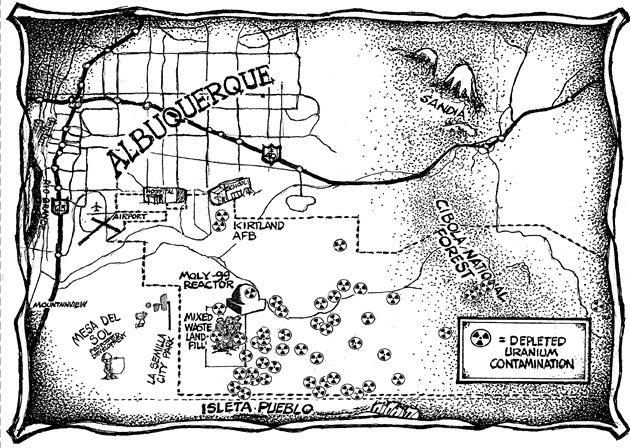
Snake River Alliance
Snake River Alliance is one of 39 environmental and peace organizations that won a landmark lawsuit against the U.S Department of Energy for failure to follow-through on adequate environmental cleanup during its 50+ years of nuclear weapons research, testing, and production. Part of this settlement was the establishment of the MTA Fund (Citizens’ Monitoring and Technical Assessment Fund), which provided $6.25 million for tribes and non-profit organizations to assess and conduct independent technical and scientific studies regarding the multitude of technical, ecological, and health issues surrounding the nation’s nuclear weapons complex.
Clark University was chosen by the non-profit peace and environmental groups as the conservator of these reports to ensure they remain available to the public in perpetuity. The unconventional election of university as conservator is an innovative example, particularly within the era of Web 1.0, of higher education as protector and provider of information through wide dissemination.
The research and reports available in this series were conducted by the Snake River Alliance with their allocated portion of the MTA fund.
If you have any questions or concerns please contact us at digitalrepository@clarku.edu.
-

Defining Away the Hazard: The Department of Energy’s Solution to the High-Level Waste Problem at INEEL
Marvin Resnikoff, Beeat Hintermann, and Snake River Alliance
The Snake River Alliance, a public interest group based in Boise, Idaho, asked Radioactive Waste Management Associates (RWMA), to review the safety of the high-level waste (HLW) storage tanks at the Idaho National Engineering and Environmental Laboratory (INEEL). In a recent Environmental Impact Statement (EIS) and supporting documents, the U.S. Department of Energy (DOE) laid out plans for managing these wastes, some of which have already been evaporated and placed as solids in storage bins.
In this report, RWMA:
• Evaluates the nature of the liquid high-level waste in the tanks in light of INEEL’s recent reclassification of a portion of the HLW as “sodium-bearing waste” and its proposal to further reclassify this remaining HLW as waste incidental to reprocessing (WIR).
• Compares this waste to other waste in the DOE inventory and considers the short- and long-term risks posed.
• Reviews the risk assessment carried out by DOE, including assumptions and methods.
• Evaluates methods of near-term remediation (and their technical constraints) that do not prohibit more thorough cleanup as technologies develop.
This research was completed money allocated during Round 2 of the Citizens’ Monitoring and Technical Assessment Fund (MTA Fund). Clark University was named conservator of these works.
If you have any questions or concerns please contact us at digitalrepository@clarku.edu


